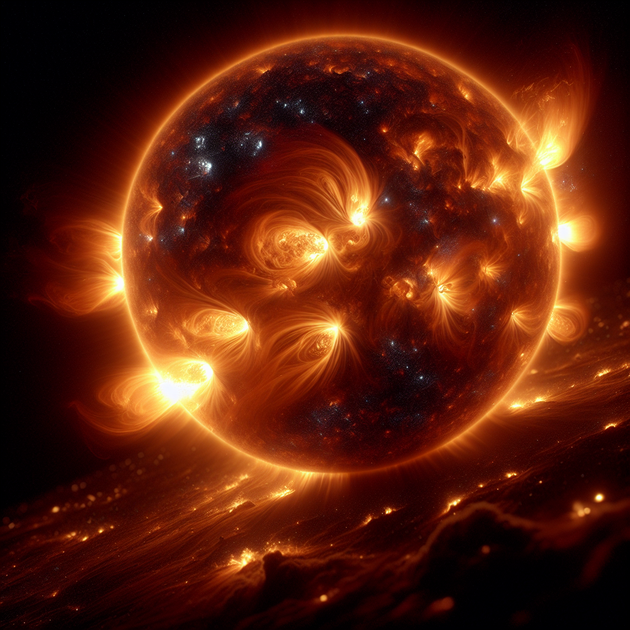Did you know the sun isn’t always the fiery ball of chaos we imagine? In fact, for decades it’s been almost… sleepy. But according to NASA, that’s changing—solar activity is increasing after a long lull, and scientists say “the sun is slowly waking up.” So what does this really mean for us here on Earth?
What Is Solar Activity and Why Should We Care?
Let’s start with the basics—solar activity refers to the various energetic events happening on the surface of the sun. This includes things like sunspots (those dark patches you sometimes see in pictures), solar flares (sudden flashes of energy), and coronal mass ejections (massive bursts of plasma that shoot out into space). These aren’t just cool cosmic fireworks—they can affect everything from satellite signals to power grids down here.
NASA tracks these patterns using satellites and observatories around the world. For years now, they’ve noticed that the number of sunspots and flares has been unusually low—a real snooze fest by solar standards! But just recently, those numbers have started to climb again.
Why Has Solar Activity Been So Quiet?
Here’s where it gets interesting. The sun goes through natural cycles that last about 11 years each. Sometimes it’s super active (solar maximum), and sometimes it’s quiet (solar minimum). But over the last few decades, we’ve had an extra-long period of calm—a sort of extended minimum.
Scientists aren’t exactly sure why the sun took such a long nap this time around. Some think it might be connected to deeper processes inside the star itself—maybe even linked to other cycles that last centuries instead of decades.
What Happens When Solar Activity Ramps Up?
With the sun waking up again, we can expect more dramatic events in space weather:
- More Sunspots: These are signs of magnetic activity on the sun’s surface.
- Frequent Solar Flares: Sudden bursts of radiation that can disrupt radio signals.
- Coronal Mass Ejections: Huge clouds of charged particles headed toward Earth.
- Auroras Galore: More northern lights and southern lights as particles interact with our atmosphere.
- Possible Tech Disruptions: GPS glitches or power grid hiccups during strong storms.
Don’t worry—it’s not all doom and gloom! Most effects are mild or only affect sensitive electronics and satellites. Plus, if you live far enough north or south, you might get treated to some spectacular auroras lighting up the night sky.
The Human Side: A Personal Glimpse at Space Weather
I’ll never forget one night camping in northern Minnesota when my phone suddenly lost its signal—and then out of nowhere, shimmering green lights danced across the sky. Turns out there’d been a minor solar storm that day; my dropped calls were simply collateral beauty from our restless star.
It was a reminder that even though we’re separated by millions of miles from the sun, its changes ripple all the way down to our planet—and sometimes right into our pockets!
Should We Be Worried About Increased Solar Activity?
For most people? Not really. Our planet has experienced countless solar cycles before without any major problems for humans or wildlife. Power companies and satellite operators do keep an eye on things; they prepare in advance if a particularly strong burst is headed our way.
Here are a few ways experts stay ready:
- NASA constantly monitors space weather with advanced satellites.
- Power grid operators adjust equipment if needed during big storms.
- Astronauts onboard spacecraft take shelter when high radiation is detected.
If you’re curious about tracking these events yourself, there are websites like NOAA’s Space Weather Prediction Center where you can see real-time updates—and maybe plan your next aurora-hunting adventure!
The Bottom Line: The Sun Is Waking Up—And That’s Normal
So next time you hear about increased solar activity or see headlines warning about “sun storms,” remember this isn’t anything new under (or above) the sun. It’s just part of our star’s natural rhythm—sometimes sleepy, sometimes full of sparks.
What would you do if you saw an aurora light up your backyard? Share your stargazing stories below!

Leave a Reply